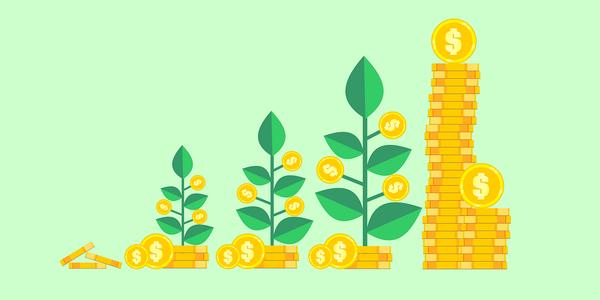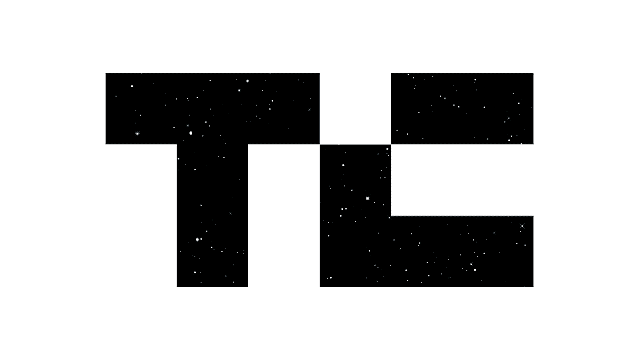Maple Finance has announced a proposal to distribute native tokens as rewards to stakers in its decentralized finance (DeFi) protocol. The move aims to align staker incentives with the long-term success of the Maple ecosystem while also complementing existing staker rewards from inflationary token emissions. This proposal comes as part of the protocol’s ongoing efforts to grow and sustain its on-chain lending platform, which operates on a decentralized autonomous organization (DAO).
Background: Maple Finance’s On-Chain Lending Protocol
Maple Finance is an innovative on-chain lending protocol that operates entirely within the blockchain ecosystem. The platform provides borrowing options for users holding native tokens of its DeFi TVL (decentralized finance token value) protocols, including projects like Aave, Ethena, and Etherifi. By offering both lending and borrowing capabilities, Maple aims to create a more dynamic and liquid on-chain market while leveraging the underlying blockchain’s security and transparency.
Proposal Details: Buyback of SYRUP Tokens
The proposal outlines that Maple Finance will use 20% of its protocol revenues monthly for buybacks of native SYRUP tokens and distribute them as rewards to stakers who have committed to the platform. The buybacks are intended as an additional incentive for stakers to participate in the protocol, with a focus on long-term health and growth.
Voting Process
The proposal has been submitted to the governance system of the DAO (Decentralized Autonomous Organization) and awaits stakeholder approval through a tokenholding vote. The voting process will commence on January 20, 2024, following the protocol’s launch date in early 2023.
Source of Buybacks
The buybacks will be sourced from decentralized exchanges (DEXs), over-the-counter (OTC) trading desks, and other liquidity providers within the DeFi ecosystem. Maple Finance aims to ensure a steady flow of liquidity while rewarding stakers for their commitment to the platform.
Annualized Revenues from On-Chain Lending
As of January 13, 2024, Maple Finance reported generating approximately $5 million in annualized revenues from its on-chain lending service. This revenue stream is a key driver behind the proposal’s feasibility and aligns with the protocol’s long-term financial goals.
Staker Incentives: Aligning Interests with Protocol Performance
The proposal emphasizes the importance of staker incentives in driving the success of the Maple ecosystem. By distributing repurchased SYRUP tokens to stakers, the DAO rewards those who have committed to the platform’s long-term health and growth. This aligns staker interests directly with the protocol’s financial sustainability, ensuring that participation is both meaningful and economically rewarding.
Emissions and Treasury Management
The proposal also outlines a detailed structure for SYRUP token distribution. A portion of the protocol’s revenues will be allocated to buy back SYRUP tokens, while the remaining funds will remain in the treasury for use by the DAO. Specifically, 20% of the protocol’s monthly revenue will be used for buybacks, with the remaining 80% staying in the treasury.
Emissions Details
SYRUP token emissions are a critical component of the proposal. The protocol has committed to reducing its environmental impact by optimizing token circulation and minimizing waste. The proposed buyback mechanism ensures that stakers receive direct rewards based on their contributions, while the remaining funds support the DAO’s operations and ecosystem growth.
Market Capitalization and Token Performance
As of press time, SYRUP tokens are trading at approximately $1.25 per token, reflecting a market capitalization of around $88 million. This valuation represents a 60% decrease from their launch price earlier this year, a testament to the challenges faced by DeFi protocols in attracting and retaining liquidity.
Context: Pressure on DeFi Protocols to Share Revenue with Stakers
The proposal comes within the broader context of pressure on DeFi protocols to share revenue with stakers. In recent years, several platforms have introduced mechanisms to reward stakers through inflationary token emission models or buyback programs. For instance, Aave and Ethena have both implemented staker rewards as part of their governance systems, while Etherifi has recently announced plans to distribute native tokens to its staking communities.
Key Partnerships and Governance Mechanisms
Maple Finance’s proposal is part of a larger strategy to establish itself as a leader in the DeFi ecosystem. The protocol has already established partnerships with several prominent DeFi projects, including Aave, Ethena, and Etherifi, all of which operate within the broader token value lending (TVL) space. The proposal underscores Maple’s commitment to fostering long-term relationships with its staking community while ensuring sustainable growth for its ecosystem.
Conclusion: Synergy Between Buybacks and Staker Incentives
In conclusion, Maple Finance’s proposal to buy back SYRUP tokens as rewards for stakers represents a strategic move to align staker interests with the protocol’s financial sustainability. By combining buyback mechanisms with inflationary token emissions, the DAO ensures that stakers receive direct rewards while also maintaining long-term growth potential for the platform. The proposal reflects Maple Finance’s commitment to innovation and collaboration within the DeFi ecosystem, positioning it as a leader in liquidity provision and on-chain lending services.










